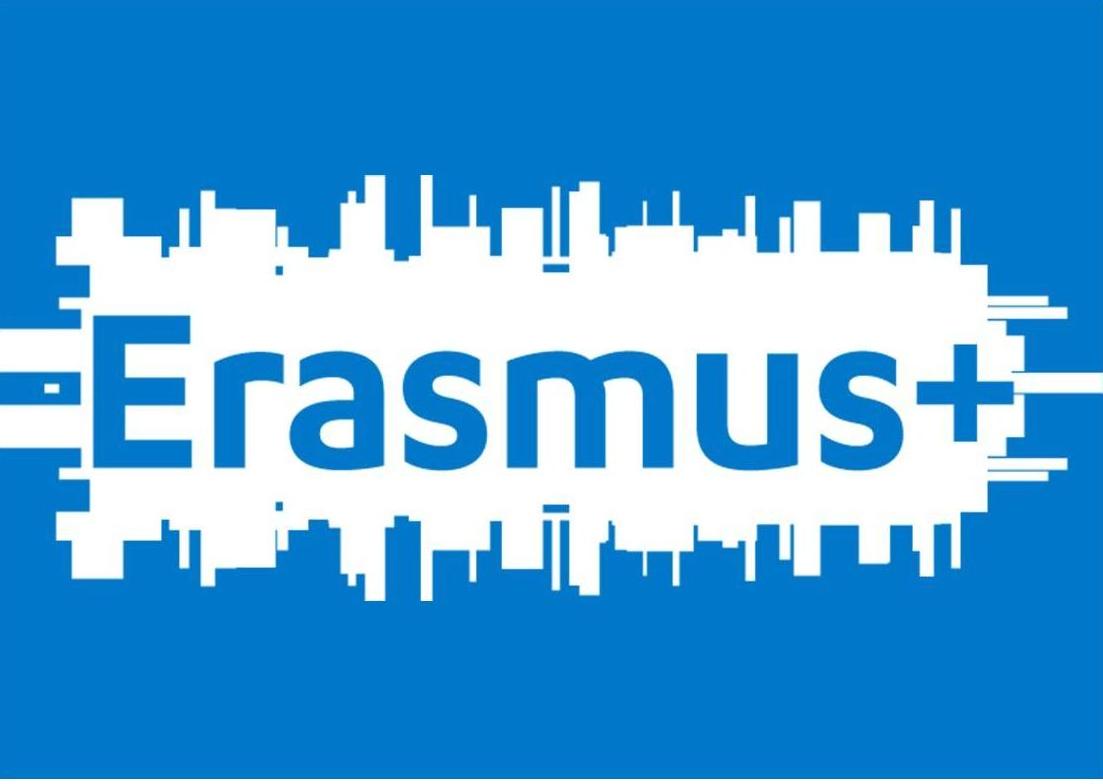The INNOSID project’s goal is to improve the social inclusion of people with disabilities (PWD) by creating innovative IT solutions based on emerging technologies (ET).
Blended mobility of higher education students

This project will employ the method of blended mobility, which is a hybrid approach to mobility that allows students and lecturers to work closely before, during and after the INNOSID workshops. Blended mobility is composed from virtual mobility and physical mobility.
Virtual mobility

Virtual mobility is a preparatory phase which takes place several months before the INNOSID workshop begins.
- Students are getting to know each other.
- Virtual communication is widely used (e.g., Skype, FB groups, e-mail).
- Students and case study supervisors work on a case study.
- A written artifact for a given case study is prepared as a foundation for the physical mobility.
- Students are ready for a physical mobility.
Physical mobility

Physical mobility is an execution phase in which students attend two-week workshops hosted by partner universities.
Students attend INNOSID lectures.
- They also intensively work on a case study.
- Intercultural dialogue is achieved through rich social activities.
Students present findings from a case study as well as lessons learned from INNOSID lectures.
Students complete the physical mobility and they give feedback on the INNOSID intensive study program.
Staff mobility

Staff mobility is used to provide means for exchanging best practices among INNOSID lecturers who also serve as case study supervisors.
INNOSID lecturer

INNOSID lecturer is responsible for providing a high-quality material which becomes a part of the INNOSID curriculum.
Creates the INNOSID lecture closely related to INNOSID’s core topics.
Delivers the INNOSID lecture during the INNOSID workshop.
Case study supervisor

Case study supervisor closely collaborates with students before, during and after the INNOSID workshop.
Provides students with literature relevant for developing case study.
Uses knowledge and expertise to steer case study development.
Lectures

Lecture is a material developed by a lecturer for the INNOSID workshop. Content-wise, it closely follows the INNOSID curriculum.
- Presentation
- Supporting material (e.g., an article)
Case studies

Case study is used and analysed in order to illustrate a thesis or principle in the area of innovation, intercultural and ICT.
- Report
- Presentation
Software
Project outputs

Outputs of the project
O1 – Analysis of emerging technologies for improving social inclusion of people with disabilities
O2 – Providing a multilingual support (for Croatian, English, Spanish, Hungarian, French, Portuguese) for the five existing IT tools for improving social inclusion of people with disabilities
O3 – Two new innovative IT tools based on emerging technologies for improving social inclusion of people with disabilities
INNOSID is funded through ERASMUS+ Key Action 2 Strategic Partnership Programme.
ERASMUS+

EU programme for Education, Training, Youth and Sport for 2014-2020.
Impact

Aims to boost skills and employability, as well as modernizing Education, Training, and Youth work.
Partnerships

Supports transnational partnerships among Education, Training, and Youth institutions and organizations to foster cooperation and bridge the worlds of education and work in order to tackle the skills gaps we are facing in Europe.
Key Action 2

Cooperation for innovation and the exchange of good practices.
Cooperation with businesses

Companies and higher education institutions work together to share knowledge.
Priorities

- Improve achievement in relevant and high-level basic and transversal competence.
- Open and innovative education, training and youth work, embedded in the digital era.
Diversity

Organisations from different participating countries work together to share and transfer best practices and innovative approaches in the fields of Education, Training and Youth.
Strategic Partnerships in Higher Education

Supporting the development, transfer and implementation of innovative practices as well as the implementation of joint initiatives promoting cooperation, peer learning and exchanges of experience at European level.
2011 EU Modernisation Agenda

Promoting intercultural competences of students and improving the quality and relevance of higher education, as well as strengthening quality through mobility and cross-border cooperation.
2013 Communication on Opening up Education

Promoting the development of new modes of delivery and exploiting and responding to new technologies in learning and teaching.
INNOSID General Info

Project title: Innovative Solutions based on Emerging Technologies for Improving Social Inclusion of People with Disabilities
Project acronym: INNOSID
Project identifier: 2019-1-HR01-KA203-060959
Project duration: 1/9/2019 – 31/8/2022 (3 years)
Past experiences

Based on ESM experiences, the consortium applied for an IP (Intensive Program) with 14 EU partner universities plus 1 from Russia. The main coordinator was UPV (Universidad Politécnica de Valencia) in Valencia (Spain). All the 3 events were a complete success, with around 60 students and 20 lecturers participating from all the 14 partners every year, implying 9 different countries.

INNOSOC project closely followed SUSCOMTEC in the field of organization and program. The consortium applied for IP (Intensive Program) with 11 EU partner universities. The main coordinator was FER (Faculty of electrical engineering and computing) in Zagreb (Croatia). INNOSOC completed successfully with around 60 students and 20 lecturers participating from all the 11 partners every year, implying 9 different countries.

The main objective of the TEAMSOC21 project is to set up a transnational multidisciplinary intensive study program in the field of ICT-based entrepreneurship targeting societal challenges defined by Europe 2020 and Horizon 2020 programs and supporting effective implementation of the Investment Plan for Europe. Similarly like INNOSOC, TEAMSOC21 builds upon the good practices from the past, with the addition of one new partner.